What Is Dovetail, and How Can It Be Used for UX Research?
Dovetail has been around the block for a while now, but is it worth it for you and your team?
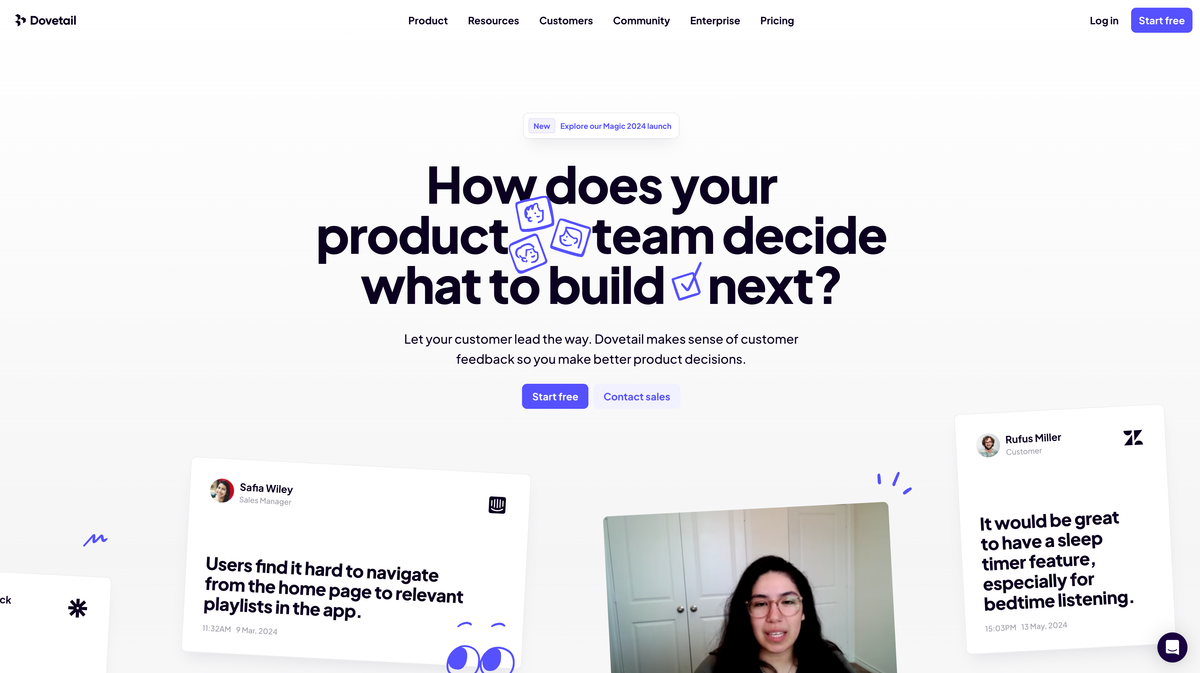
I'm a research nerd.
I just love it.
I'm lucky to be in a position where my team also loves research. It's something we spend a lot of time doing, and we can easily justify it to stakeholders because, well, we get better results that way.
The proof is in the pudding, after all.
What I don't love though, is messy research. Don't get me wrong, messy research happens, but I want to take that messy research and synthesise it accordingly, neatly - in a way that makes sense to the rest of the team.
Essentially to take my doodles, sticky notes and hastily written notes and present them professionally.
Enter, Dovetail.
We've been using this cloud-based research platform for about two years now and it's a great way for our teams to capture, store, and analyse user data. We also tried many other platforms, such as Condens and Slab, but felt that Dovetail fit best.
But what exactly is Dovetail, and how can it supercharge your UX research?
Dovetail, a Breakdown
Dovetail serves as a centralised hub where researchers can collate valuable data – from notes and transcripts to videos and audio recordings.
Gone are the days of scattered documents and disjointed insights. Well, mostly. As I said, research can be messy, but Dovetail helps.
Being able to sort everything under one virtual roof ensures seamless collaboration and easy access for your entire team. And as much as this sounds like a sales pitch, it's important - because stakeholders don't like uncertainty and disjointedness.
They want actionable insights, and they want to be able to access them in a place we call Home. No really, that's what our insight hub is called, Home.
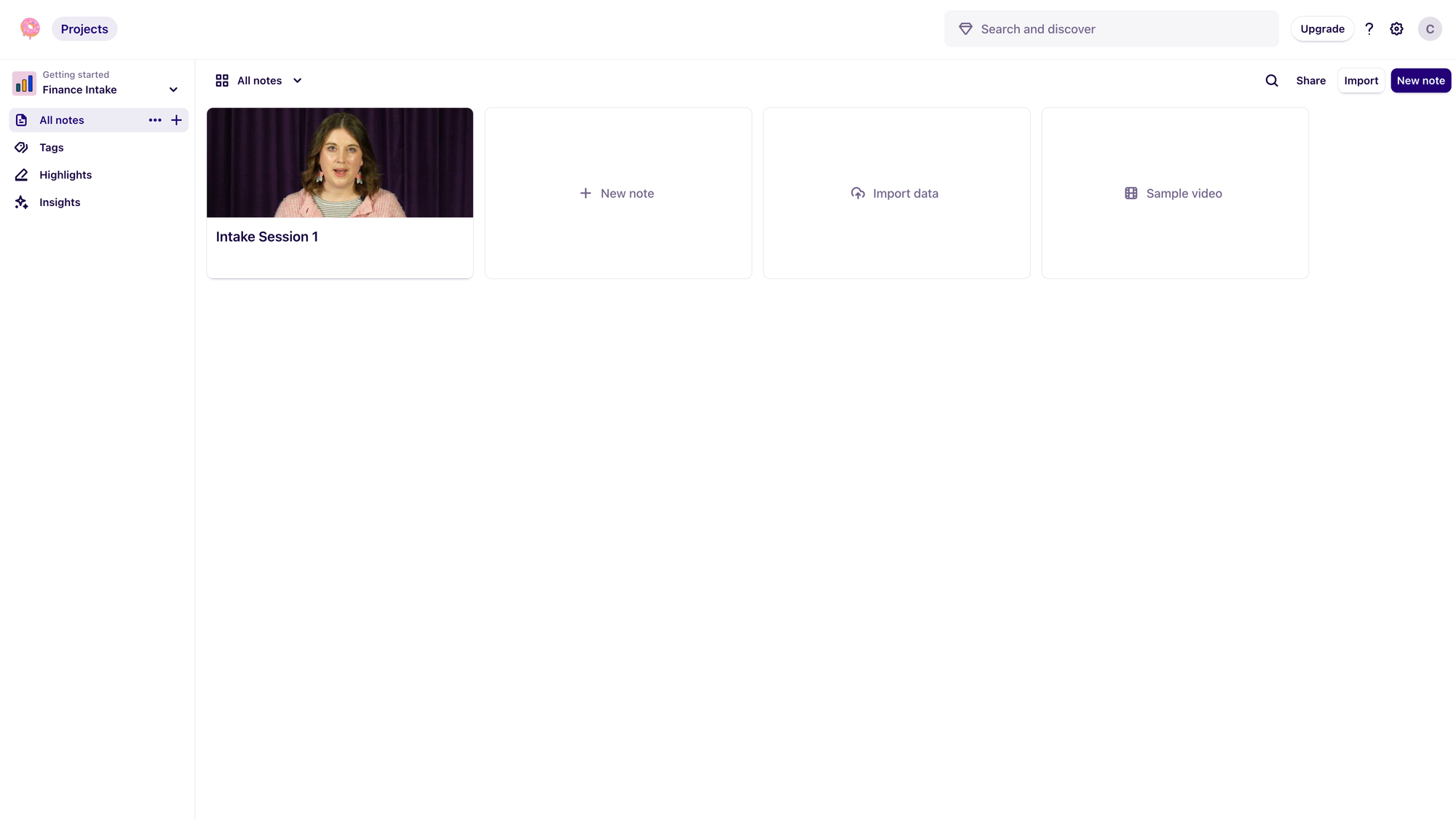
So, how does Dovetail work its magic?
Imagine conducting user interviews, usability tests, or surveys – each interaction yields (hopefully) a treasure trove of insights waiting to be unearthed. With Dovetail, I can swiftly upload these findings onto the platform, then tag them and organise them for future reference.
So while there might be a little more legwork for me, in that I have to take my findings and add them to Dovetail, the end result is a team that's much, much happier. This includes the UX team directly, and any stakeholders we're working with.
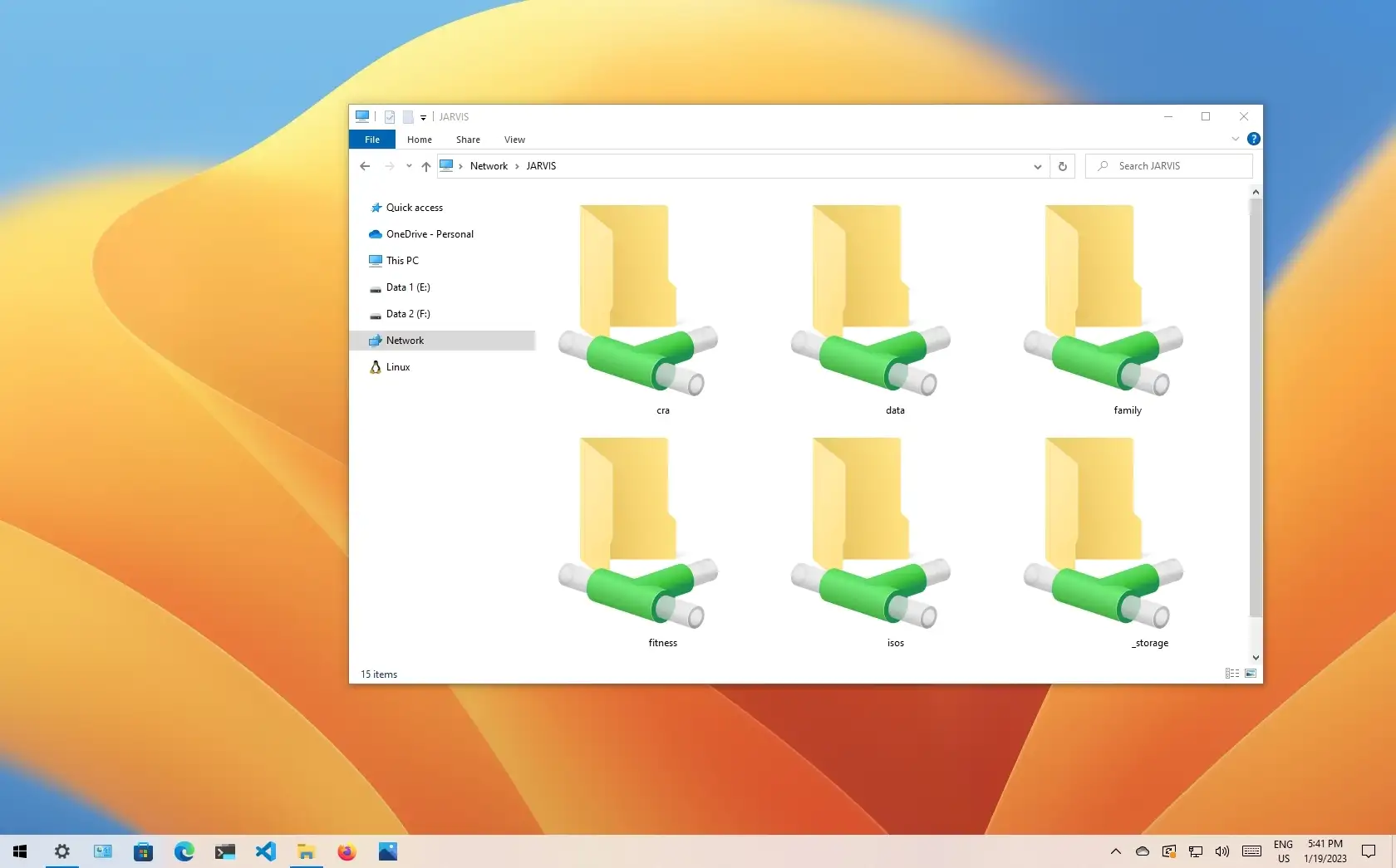
Before this, we had a raft of different cobbled-together systems that worked depending on what mood the IT team were in that day. Yeah, sure, it worked most of the time - but it also had a habit of failing during important meetings.
Enough was enough, and when stakeholders became disgruntled at not being able to access an internal shared folder/drive we needed another solution.
We're able to streamline our process entirely with Dovetail.
Saving time has been a massive boon, but being able to eliminate the hassle of sifting through endless files and folders, only for the server to disconnect, has been game-changing for us.
Anxiety around research, and how we're perceived as a team, has reached normal levels.
Analyze This
The true power of Dovetail lies in its robust analysis capabilities. That's a fancy marketing way of saying that Dovetail can help take some of the pressure off us by analysing our research.
Once data is uploaded into the platform, Dovetail's tools come into play, which allows us to uncover hidden patterns and trends. Now, this is something we've become quite good at, and I'm not suggesting that Dovetail takes over this aspect of my role exclusively.
But we're damn quicker at it now. Lightning fast in comparison.
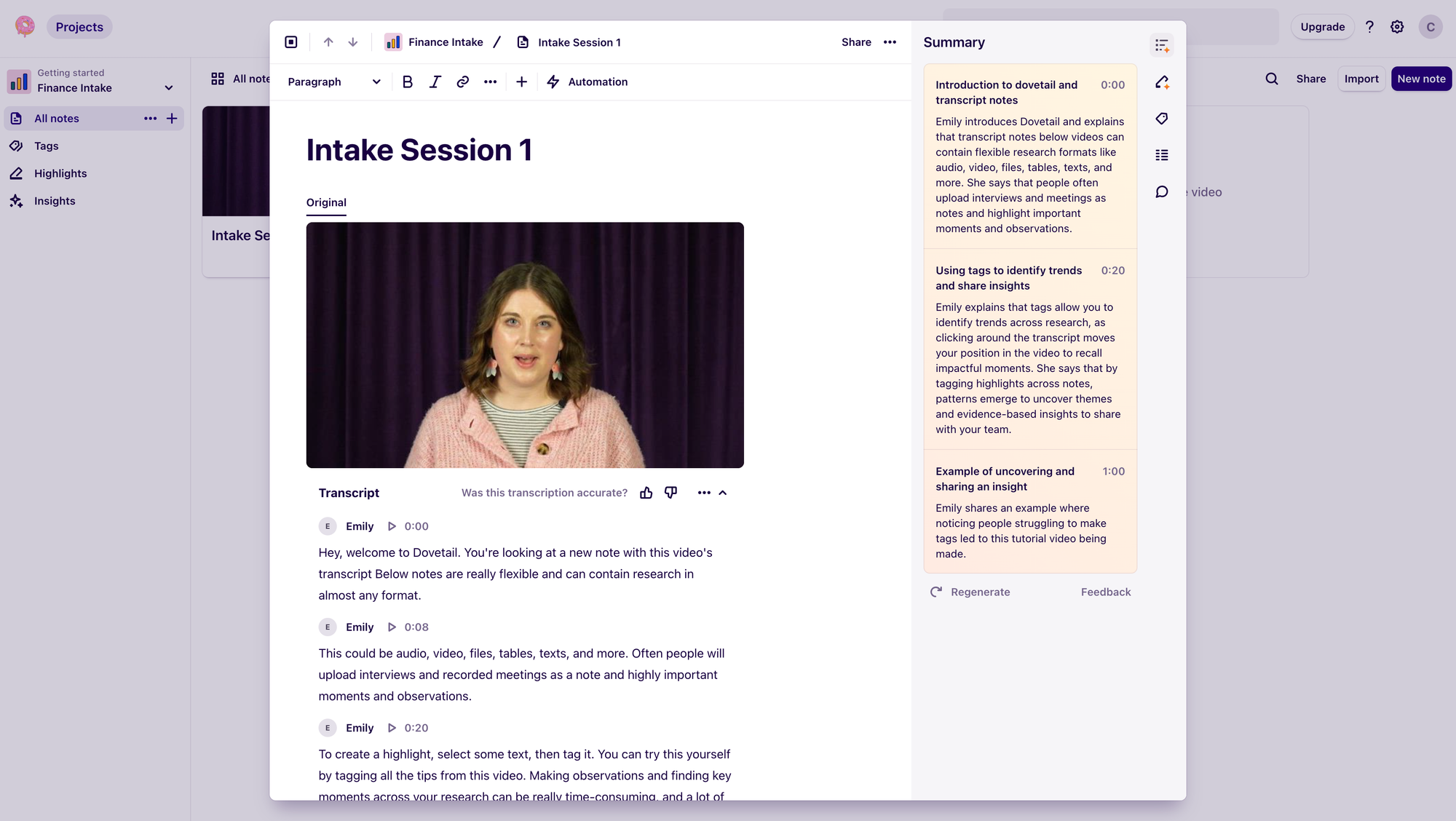
By using techniques such as sentiment analysis and thematic coding, we've been able to distil complex data into actionable insights with ease. Again, while it's not a complete replacement, we do find that we're getting there in terms of AI capabilities.
Let me give you a typical scenario: our team was tasked with improving the onboarding process for one of our many mobile products.
With Dovetail, our researchers could sift through user feedback, identifying common pain points and areas for enhancement. The responses are fairly typical.
- There are too many steps during the onboarding process
- Why can't I log in with Google?
- How secure is this process? What about 2FA?
- I'd like a desktop version of this
And so on. So whether it's clunky navigation or confusing terminology, Dovetail has unquestionably empowered us to pinpoint issues and devise targeted solutions – all within a few clicks.
Let's Collaborate
There's an old saying in Tennessee — I know it's in Texas, probably in Tennessee, that you can't be a designer without collaboration.
The same can be said about research. Our work is worth nothing without it.
Dovetail fosters collaboration among team members. It really does facilitate meaningful discussions at our lunch and learns and Friday feedback sessions. We're also more confident presenting our findings too!
By sharing annotated findings and insights, we harness collective expertise that helps us drive informed decision-making. We iterate our design work, and then iterate again because it's part of our continuous improvement loop.

Here's the kicker though.
Whether you're using Dovetail like us, or another tool like Condens or Slab, the most important thing is that you have somewhere for your research. Research should always be in one place, always, because it's a huge step towards being a user-centric team and beyond.
Design used to rather famously be siloed off, with each designer constrained to their iMac and Beats headphones, pushing pixels in the hope what they produce will garner applause.
Design has evolved.
It's a team sport now, and everyone can get involved at any point throughout the process. But if people can't get involved in the process because Dave forgot to plug the server in again after weekend tinkering, design will always be on the periphery of the business.
Beyond its functionality, Dovetail promotes a user-centric mindset.
By housing comprehensive user research in a single, accessible platform, Dovetail encourages teams to prioritise UX throughout the product development lifecycle.
From designers to developers to stakeholders, everyone has a stake in delivering exceptional user experiences – and Dovetail paves the way for seamless collaboration towards that common goal.
Isn't that exciting?
You can find out more about Dovetail by visiting their website.


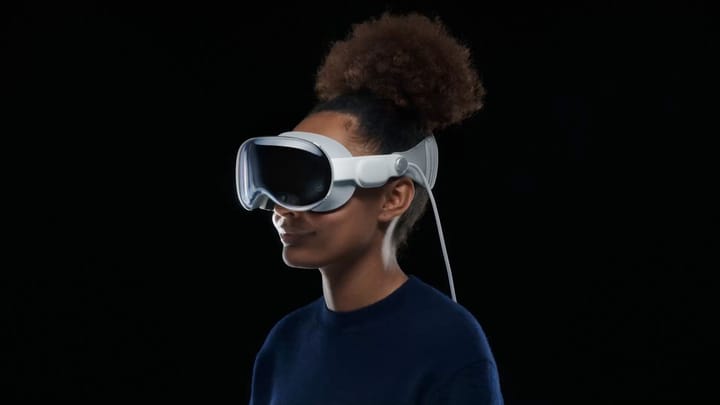

Comments ()